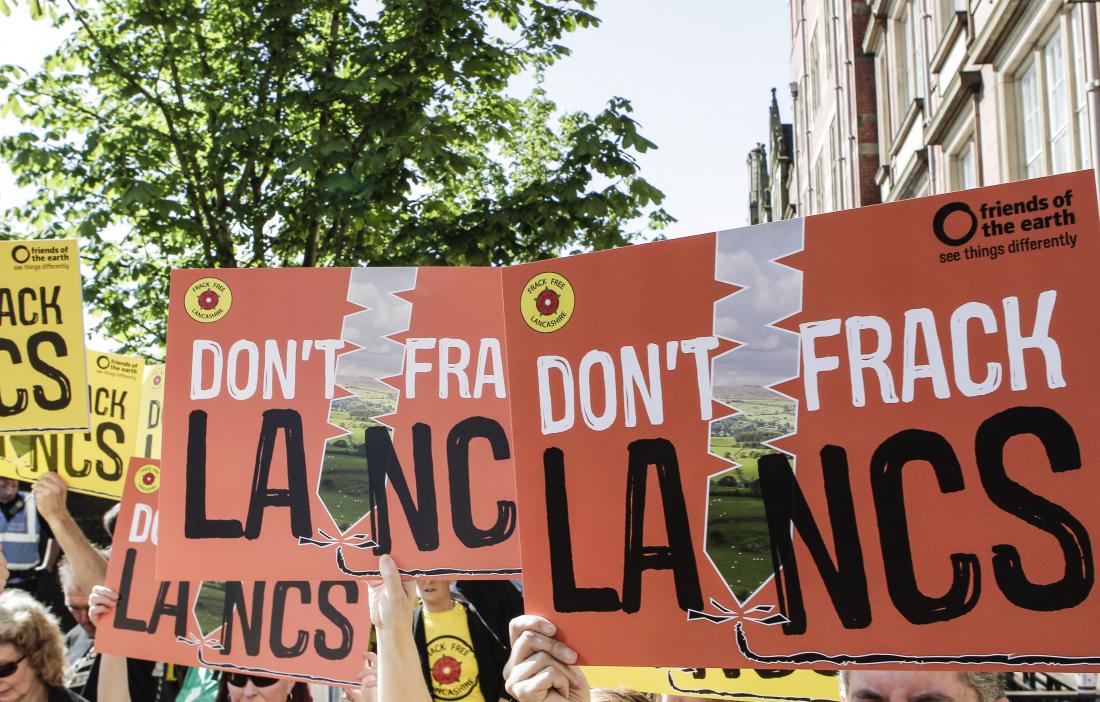By John Hobson, chair of campaign group Defend Lytham
This year we have experienced the longest heat wave since 1976, and we learned this weekend that the North West of England is heading for a hosepipe ban in a couple of weeks. We also discovered recently that Cuadrilla has applied for the final consent from BEIS to start fracking.
For those of us who have been looking into the impacts of fracking over the years, the timing is striking.
Fracking is an extremely water-intensive process. So Cuadrilla could be set to frack it’s first well while the rest of us are looking at our yellow lawns and dirty cars.
Of course, any analysis of water usage has to factor in the massive inefficiencies caused by leakage in United Utilities’ creaking network, but the contrasts between domestic consumers having their water rationed and unpopular and invasive industries being allowed free rein would be remarkable to say the least. For an industry desperately struggling to find a social licence to operate, having the general public joining the dots could be catastrophic.
Those of us with long memories will recall that the 1976 hosepipe ban didn’t end with the first rains and that the Drought Minister, Dennis Howell, became deeply unpopular for insisting that the country would face rationing until that December.
So why should Lancashire residents be concerned?
Cuadrilla currently plans to use about 34,000 cubic metres of water to frack the first well ֫— about half a day’s local supply.
But the first well is somewhat unique. If Cuadrilla’s fracking plans go ahead — with longer well lengths across hundreds of wells — the annual water requirement rises into the tens of millions of cubic metres for 20 years.
So, while the issue of Cuadrilla’s test frack at Preston New Road in the middle of water rationing might be seen as largely symbolic, the reality is that this industry’s water usage could dwarf domestic consumption for the next two decades.
In the event that recent unusual weather patterns become the norm rather than the exception the implications are as obvious as a standpipe on a street corner.
Neither is this a problem that is going to go away, quite the opposite in fact. A US Geological Survey study in 2015 told us that “Oil and natural gas fracking, on average, uses more than 28 times the water it did 15 years ago, gulping up to 9.6 million gallons of water per well and putting farming and drinking sources at risk in arid states, especially during drought.”
Pressure on the water supplies in provincial areas is already being increased by demands from the affluent South East. Back in 2011 Boris Johnson proposed moving water from Scotland and Wales via rivers and canals to supply the water stressed South East. At the time this was dismissed as “tripe” by the water companies, however in June this year the GMB union called for millions of gallons to be pumped to the South East via canals ‘at times of low rainfall’.
There is clearly a water supply and distribution problem in this country, and against that background, allowing an invasive and unwanted industry to use double the amount of water required by domestic consumers in their licence area would seem extremely questionable.
The North has already been described as fit for fracking because it is “desolate” by Lord Howell. We must not allow it to become the “dehydrated” North as well.
John Hobson is a management consultant from Lytham in Lancashire, UK. He is the Chair of the local campaign group Defend Lytham and has campaigned on local development issues for over 10 years. He also runs the Refracktion website, commenting on fracking issues with particular reference to developments in the North West of England.
Main image credit: Friends of the Earth
Subscribe to our newsletter
Stay up to date with DeSmog news and alerts







